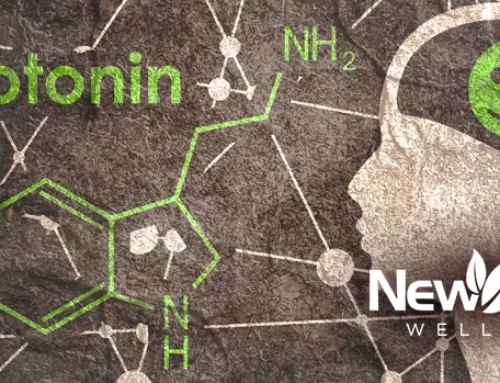The Key Precursor
What Are Foreign Estrogens?
Natural v. Synthetic
When discussing progesterone, it is important to understand the difference between natural progesterone and synthetic progesterone analogs called progestins. Progestogens are an umbrella term for both natural progesterone and synthetic progestins because they all have progestational effects in the uterus.
How to know if your hormones are declining >>>
Natural progesterone is synthesized in the laboratory from either soybeans or the Mexican wild yam (Dioscorea villosa). The process was discovered in the 1930s by Pennsylvania State University Professor, Russell Marker, who transformed diosgenin from wild yams into natural progesterone. Natural progesterone refers to bioidentical hormone products that have a molecular structure identical to the hormones our bodies manufacture naturally. The most effective form of bioidentical progesterone is called micronized progesterone USP. Furthermore, the process of micronization allows for steady and even absorption of the medication. Micronized progesterone is available only through a doctor’s prescription. An alternative is natural progesterone creams sold over the counter worldwide. Both the micronized progesterone and commercially available progesterone creams contain bioidentical progesterone.
To learn more about how New Leaf Wellness uses progesterone to support patients’ wellness journey, contact us today!
We offer a comprehensive Hormone Health Quiz that gives you immediate results to check your own hormone health, click the link below to check your hormone health!
Hormone Health Quiz For Women>






